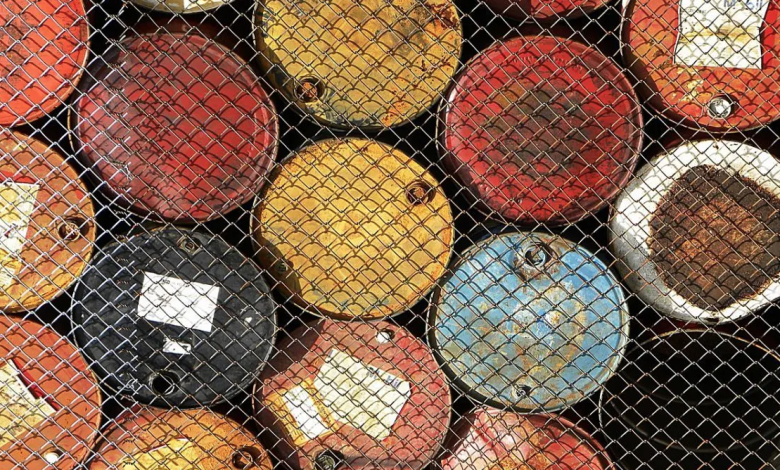Will the fossil phase-out remain outside the Cop28 in Dubai?

The EU urges climate summit to discuss phasing out coal, oil and gas
8sustainabilityenvironment.com) – Will the Cop28 in Dubai talk about the fossil phase-out or will the issue remain off the summit agenda for the umpteenth time? On this question began yesterday in the most frantic of ways the conference in Bonn, the intermediate meeting during which, every year, 10 days of technical negotiations are held to define the starting point of the international climate summit.
In Bonn, the first 24 hours were not enough to adopt the agenda. It is a formal but crucial step to establish the level of ambition of Cop28. And the stumbling block was precisely the phase out of the fossils. That many countries – starting from the United Arab Emirates, organizers of the next edition of the climate summit, who have chosen as president of the COP the number 1 of their national oil company – want at all costs to leave out. While others, starting from the European Union, want to make it the main theme of the Dubai event.
read also “Change the president of COP28”: 100 US and EU MPs against the “fossil” al-Jaber
“What we experienced today… with the non-adoption of the agenda, is not desirable, but is not uncommon in a process led by the parties”, said Simon Stiell, Executive Secretary of the United Nations Framework Convention on Climate Change (UNFCCC).
In fact, in Bonn we start again from exactly the same positions on which the states had left in Sharm el-Sheikh last November. At COP27, the EU had teamed up over 80 countries to ask for a reference to the fossil phase-out in the final text of the summit. But on that occasion not only had there been a raising of shields by countries such as Saudi Arabia: the Egypt that had the rotating presidency has avoided even including the issue in the draft final declaration, so that it could not even be discussed among negotiators.
“A lot happened in the following months. For example, some Pacific ministers have called for a fair transition to a fossil-fuel-free Pacific; other countries have joined the “Beyond Oil and Gas” Alliance and several countries and non-state actors have joined the call for a Treaty of non-proliferation of fossil fuels”, rebuilds Climate Action Network. But the growing number of pro-phase out countries for now is not enough: the decisions of the Cop are taken by consensus, that is, unanimously.





